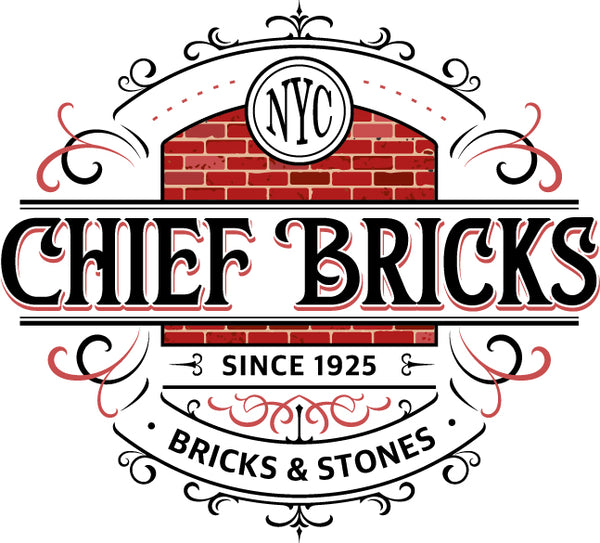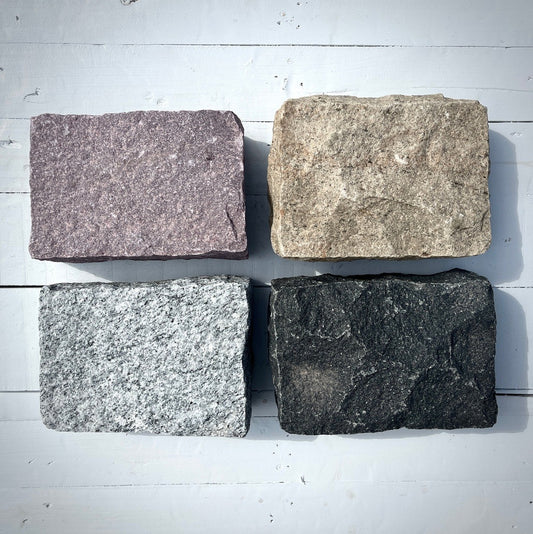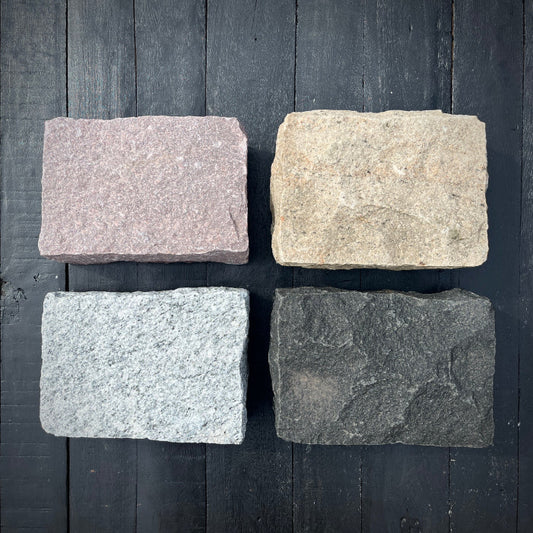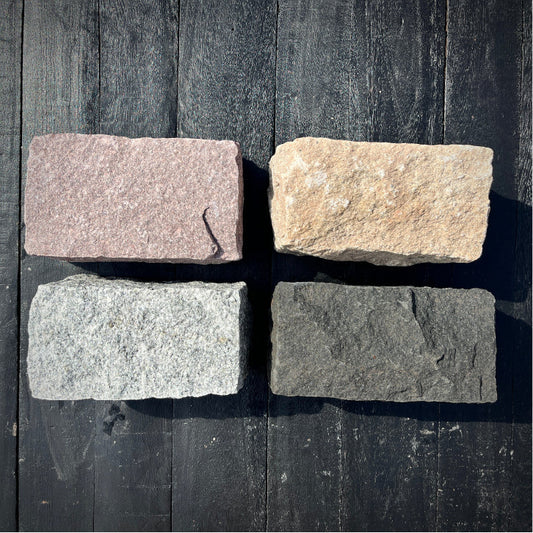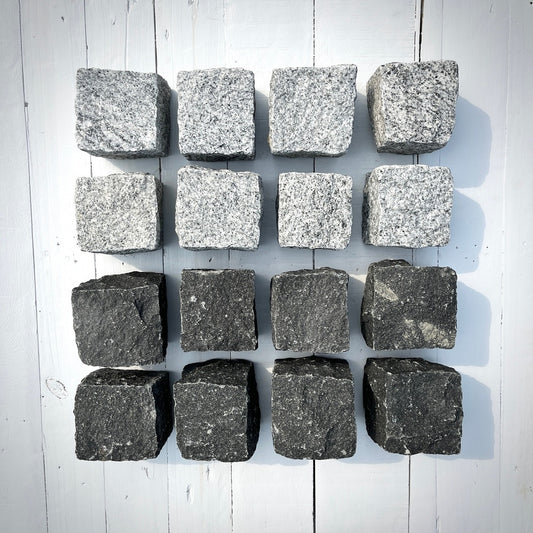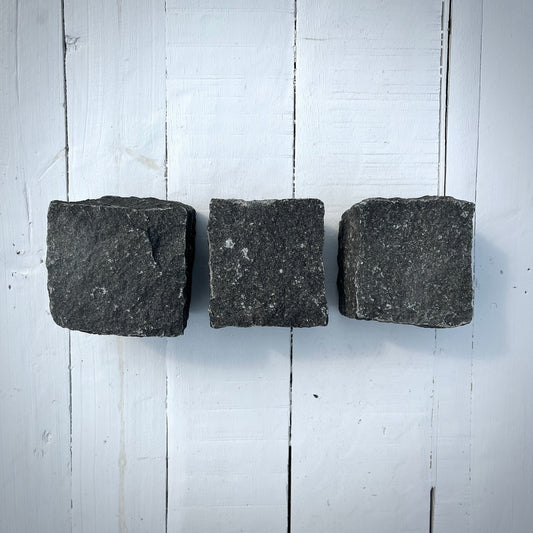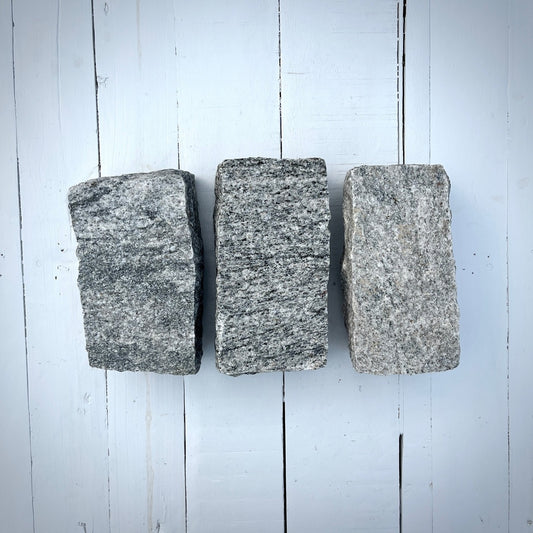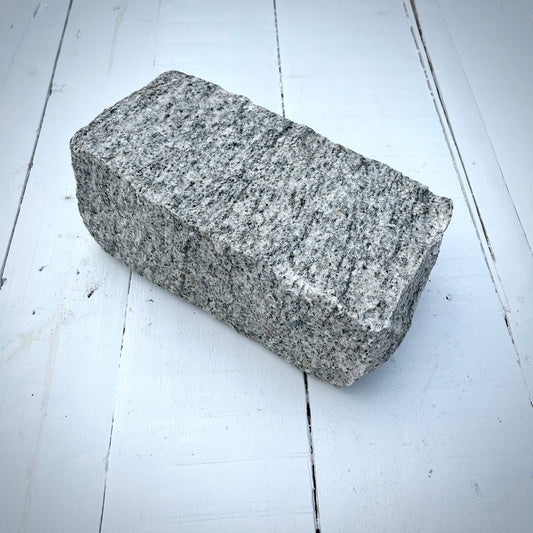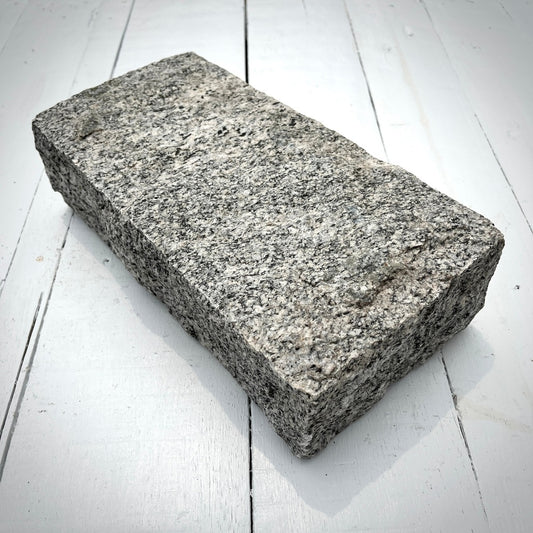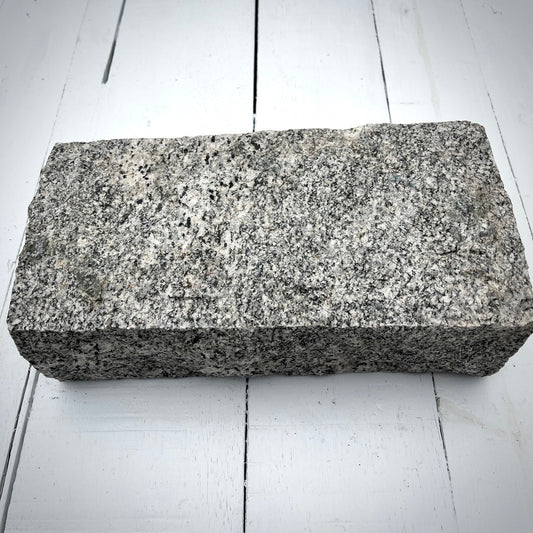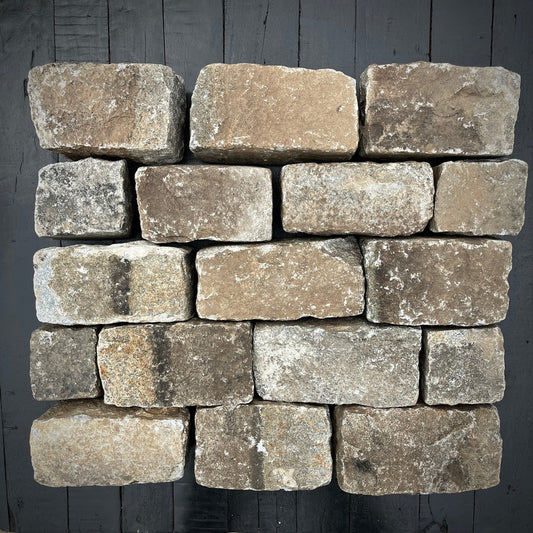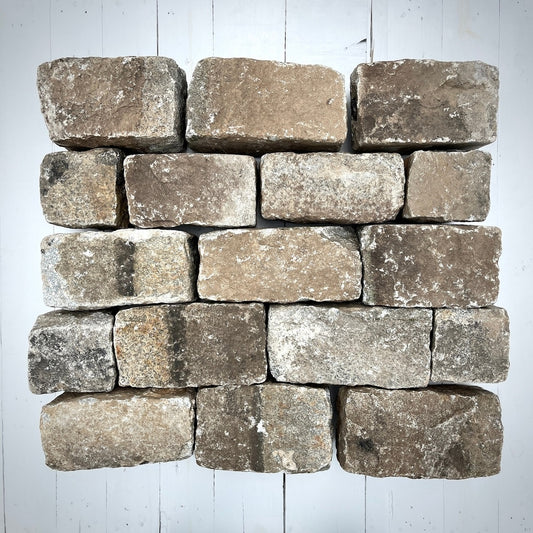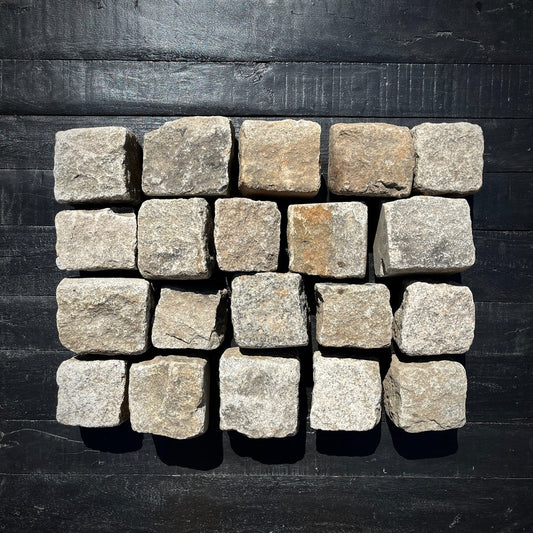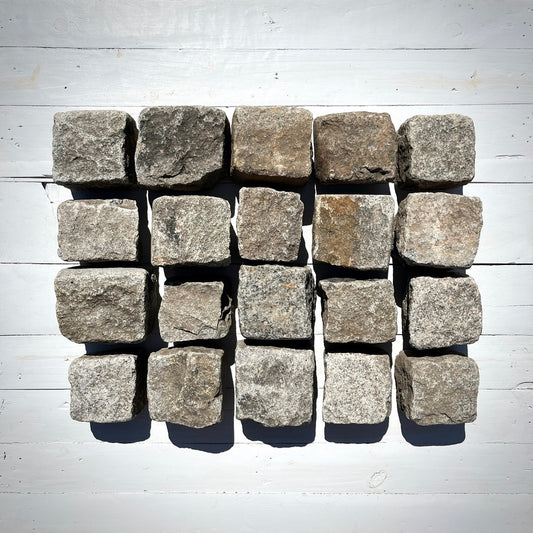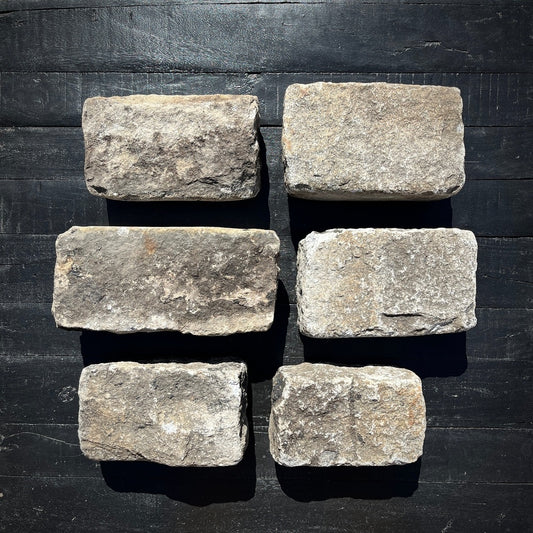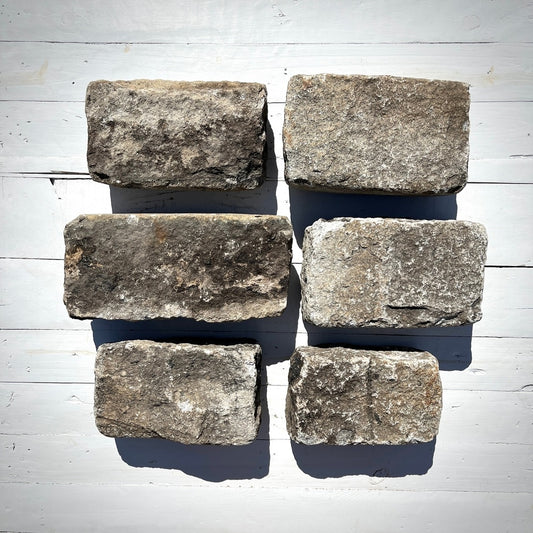The terms Cobblestone and Belgian block are often used interchangeably, but they refer to distinct types of paving materials with different characteristics and histories.
Here’s a breakdown of the differences:
Cobblestone
1. Definition
Cobblestones are naturally rounded stones, typically sourced from riverbeds or glacial deposits. They were not intentionally shaped but used in their natural form.
2. Appearance
- Irregular in shape, size, and surface texture, giving them a rustic, old-world charm.
- Often associated with historical streets and walkways in Europe and early American cities.
3. Material
Usually granite, basalt, or other hard, natural stones.
4. Use
- Traditionally used in older streets, pathways, and historic restoration projects.
- Ideal for creating an antique or aged aesthetic.
5. Installation
More challenging due to their irregular shape; requires skill to achieve a stable, level surface.
Belgian Block
1. Definition
Belgian blocks are quarried, cut, and shaped rectangular or square blocks of stone, often resembling large bricks.
2. Appearance
- Uniform in shape and size, though they may have slightly rough textures for a natural look.
- Typically larger and more structured than cobblestones.
3. Material
Often made from granite or other durable, hard stone types.
4. Use
- Commonly used for driveways, curbing, and paving projects that require durability and a more polished look.
- Preferred for projects needing a consistent, geometric pattern.
5. Installation
Easier to install than cobblestones due to their uniform shape, making them a popular choice for modern construction.
Summary of Key Differences
| Features |
|
Belgian Block |
| Shape |
|
|
| Material |
|
|
| Texture |
|
|
| Installation |
|
|
| Aesthetic |
|
|
| Historical use |
|
|
Which to Choose?
- Cobblestone: Perfect for projects that call for historical authenticity or a rustic, timeless charm. Their weathered appearance and rich character make them ideal for adding warmth and personality to your design.
- Belgian Block: The go-to choice for modern projects requiring durability, uniformity, and a sleek, formal aesthetic. These precisely cut stones are excellent for creating clean, polished designs with a contemporary edge.
Chief Bricks provides both options, ensuring you get the right material for your project!
